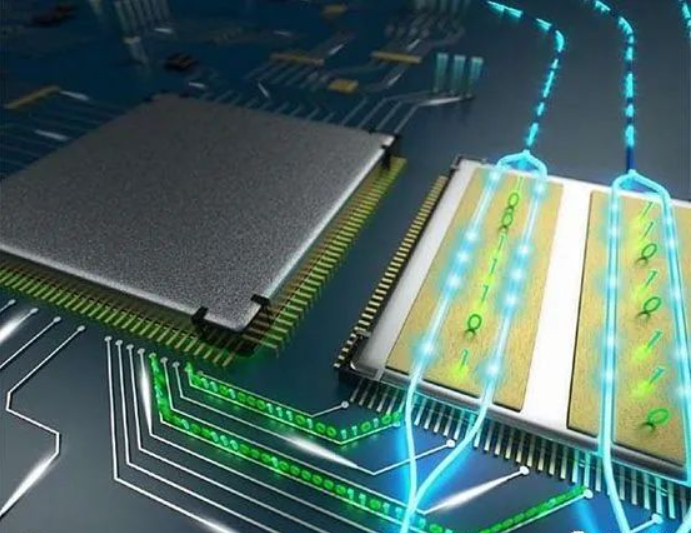Brief introduction of laser modulator technology
Laser is a high-frequency electromagnetic wave, because of its good coherence, like traditional electromagnetic waves (such as used in radio and television), as a carrier wave to transmit information. The process of loading information onto the laser is called modulation, and the device that performs this process is called a modulator. In this process, the laser acts as the carrier, while the low-frequency signal that transmits the information is called the modulated signal.
Laser modulation is usually divided into internal modulation and external modulation two ways. Internal modulation: refers to the modulation in the process of laser oscillation, that is, by modulating the signal to change the oscillation parameters of the laser, thus affecting the output characteristics of the laser. There are two ways of internal modulation: 1. Directly control the pumping power supply of the laser to adjust the intensity of the laser output. By using the signal to control the laser power supply, the laser output strength can be controlled by the signal. 2. The modulation elements are placed in the resonator, and the physical characteristics of these modulation elements are controlled by the signal, and then the parameters of the resonator are changed to achieve the modulation of the laser output. The advantage of internal modulation is that the modulation efficiency is high, but the disadvantage is that because the modulator is located in the cavity, it will increase the loss in the cavity, reduce the output power, and the bandwidth of the modulator will also be limited by the passband of the resonator. External modulation: means that after the formation of the laser, the modulator is placed on the optical path outside the laser, and the physical characteristics of the modulator are changed with the modulated signal, and when the laser passes through the modulator, a certain parameter of the light wave will be modulated. The advantages of external modulation are that the output power of the laser is not affected and the bandwidth of the controller is not limited by the passband of the resonator. The disadvantage is low modulation efficiency.
Laser modulation can be divided into amplitude modulation, frequency modulation, phase modulation and intensity modulation according to its modulation properties. 1, amplitude modulation: amplitude modulation is the oscillation that the amplitude of the carrier changes with the law of the modulated signal. 2, frequency modulation: to modulate the signal to change the frequency of laser oscillation. 3, phase modulation: to modulate the signal to change the phase of the laser oscillation laser.

Electro-optical intensity modulator
The principle of electro-optic intensity modulation is to realize the intensity modulation according to the interference principle of polarized light by using the electro-optic effect of crystal. The electro-optical effect of the crystal refers to the phenomenon that the refractive index of the crystal changes under the action of the external electric field, resulting in a phase difference between the light passing through the crystal in different polarization directions, so that the polarization state of the light changes.
Electro-optic phase modulator
Electro-optical phase modulation principle: the phase Angle of laser oscillation is changed by the rule of modulating signal.
In addition to the above electro-optic intensity modulation and electro-optic phase modulation, there are many kinds of laser modulators, such as transverse electro-optic modulator, electro-optic traveling wave modulator, Kerr electro-optic modulator, acousto-optic modulator, magnetooptic modulator, interference modulator and spatial light modulator.
Post time: Aug-26-2024





